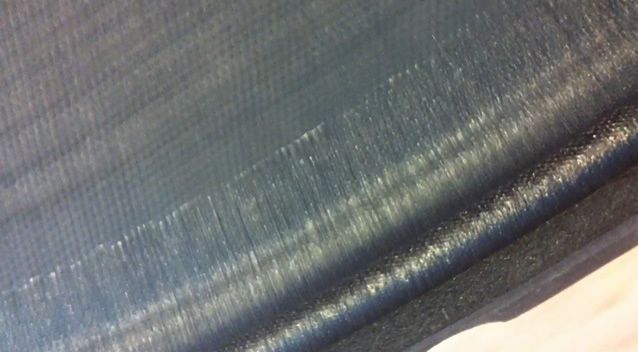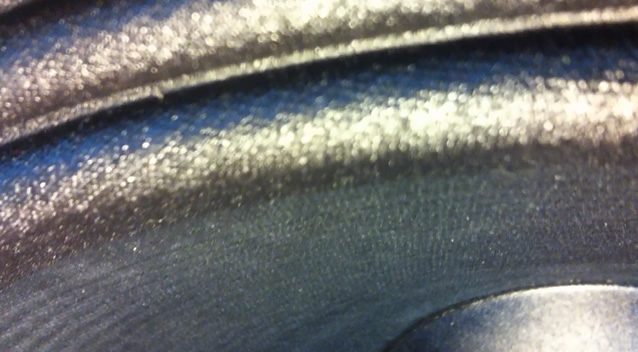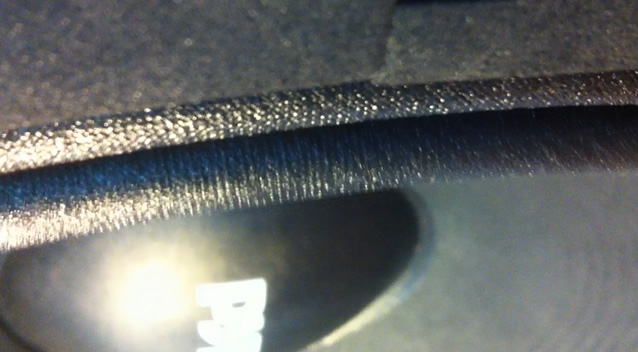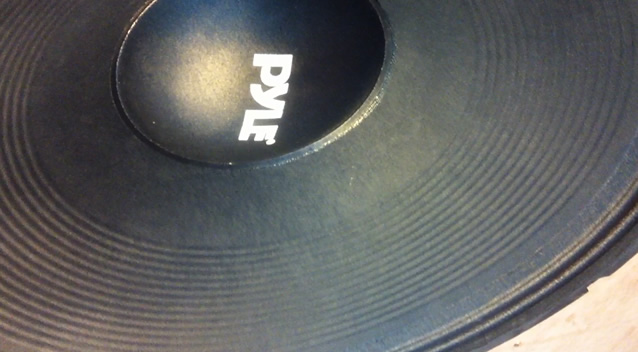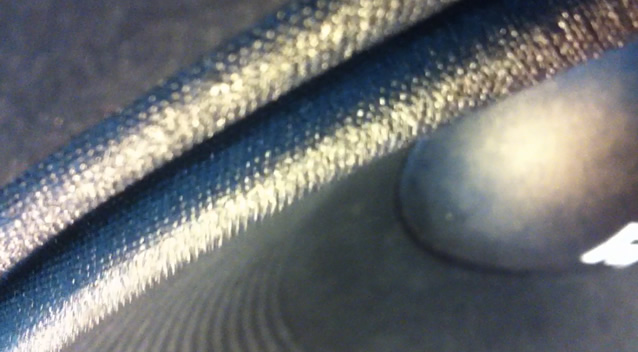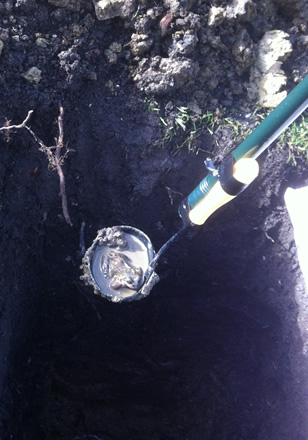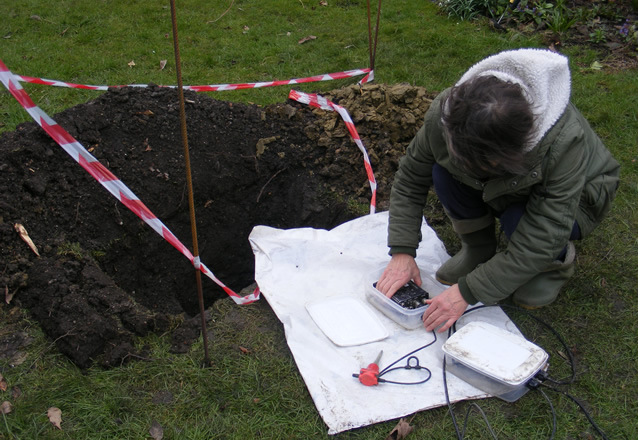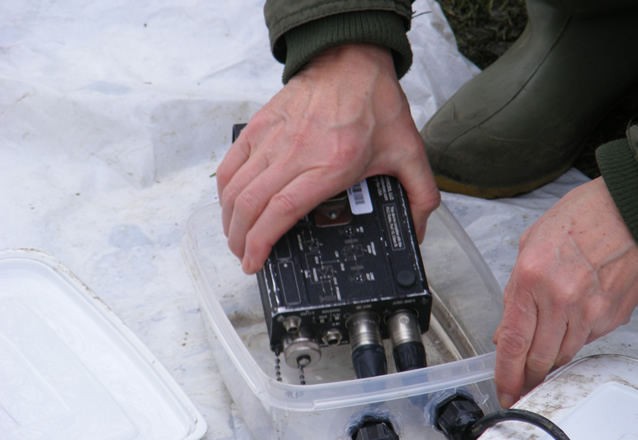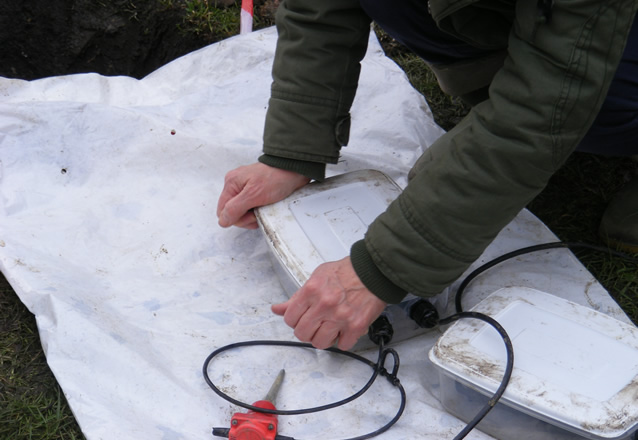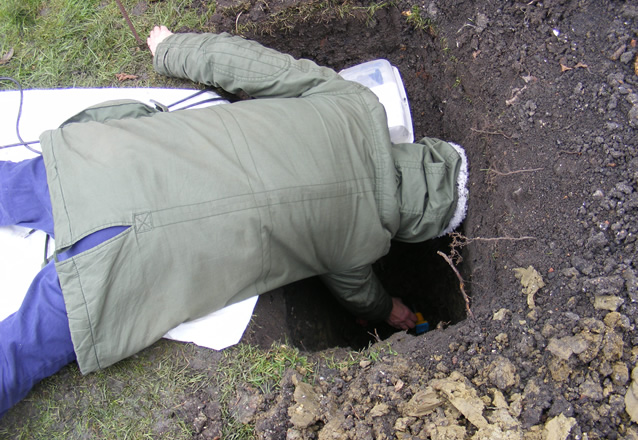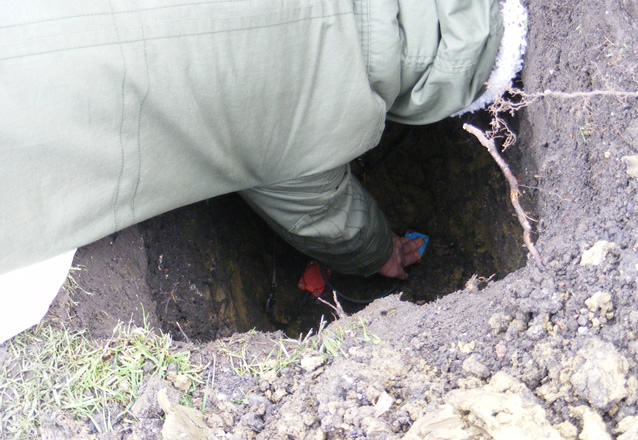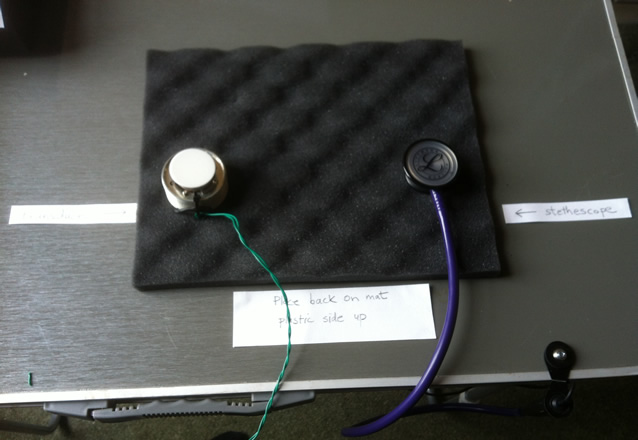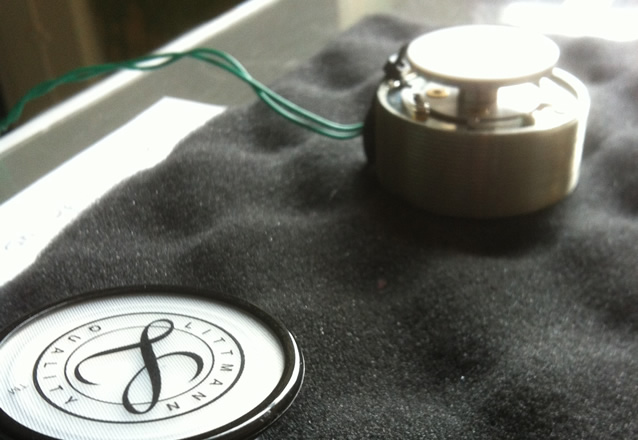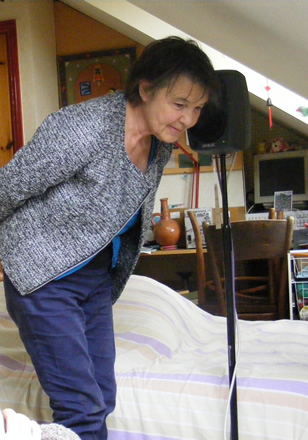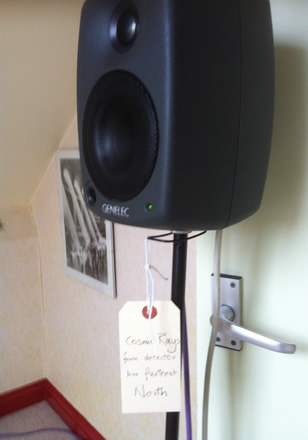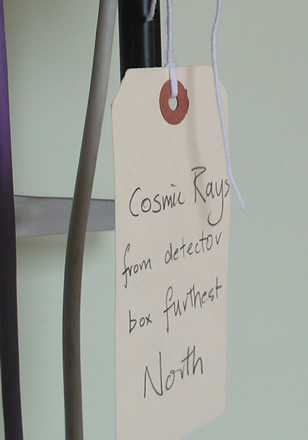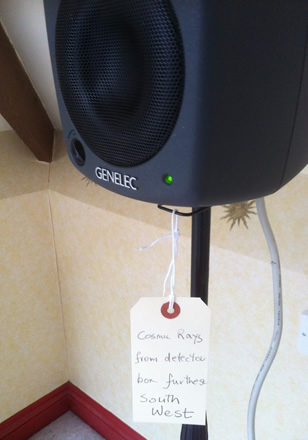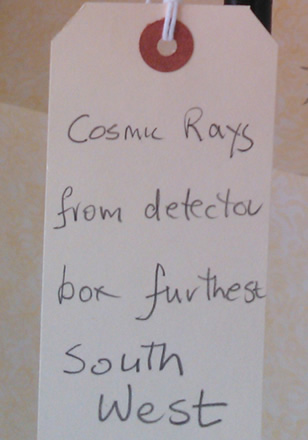You Are Here
This site works better with headphones
The Speed of sound in air at 20c is 343 m/s.
In water the speed is 1,433 m/s.
But for Ice the Speed of sound is 3,990m/s
Speeds of sound through seawater 1,530m/s depending on the salt concentration




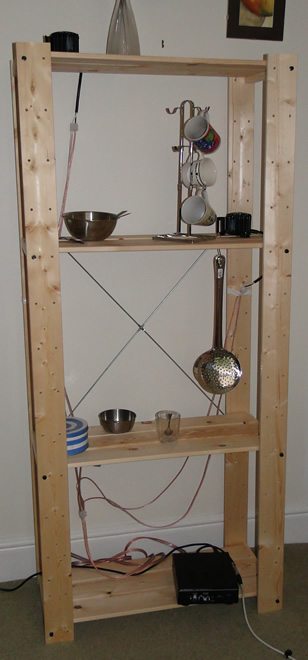
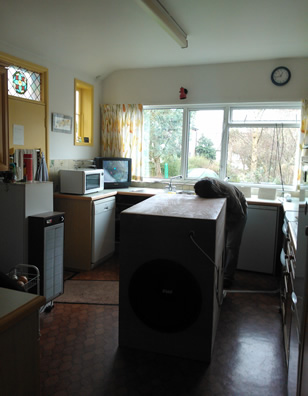
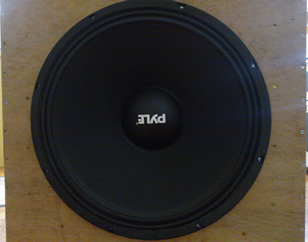
Speeds of sounds through Brick is 3,650m/s
Speeds of sounds through Concrete is 3,650m/s
Speeds of sounds through Granite is 3,900m/s
Through Slate is 4,500m/s
Through Clay rock is 3,480m/s
Speeds of sounds through Marble is 6,150m/s
And speeds of sounds through Window Glass, as opposed to Plate or Pyrex Glass, is 6,790m/s
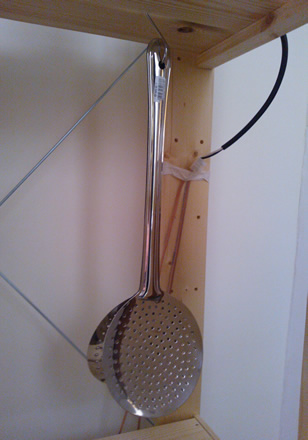


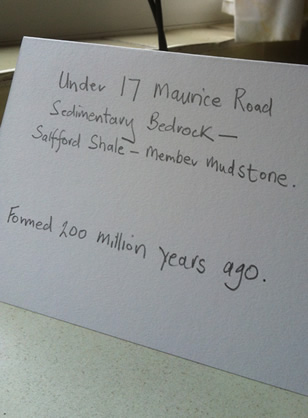
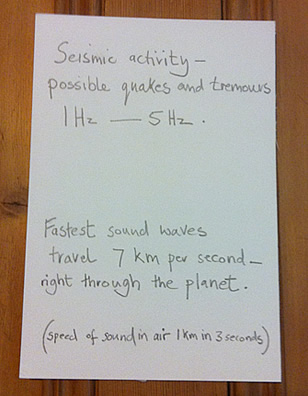
Latest Eartquake:
98 km N of Yakutat, Alaska
3:15am Monday 8th December
Depth: 5km
Magnitude: 3.30089696937
Speeds of sounds through Bakelite is 2,590m/s
Speeds of sounds through Nylon is 2,620m/s
Through Polystyrene is 2,670m/s
Through Teflon is 1,350m/s
and Neoprene 1,600m/s
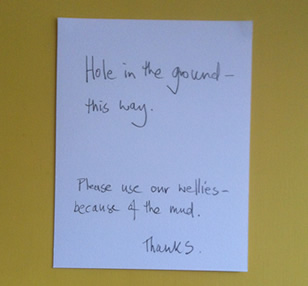

Speeds of sounds through Carbon Dioxide 258m/s
Helium 970m/s
Hydrogen 1,280m/s
Methane 430m/s
And through Oxygen at 20c is 328m/s


Speeds of sound through wood particularly Pine is 3,320 m/s
Speeds of sound through Oak is 4,470 m/s
Speeds of sound through Douglas fir is 4,800 m/s
Speeds of sounds through Ash is 4,670m/s
Through Maple is 4,110m/s
Through Sycamore is 4,460m/s
And through Cork is 500 m/s
Speeds of sounds through Porcelain 5,600 m/s
Speeds of sounds through Perspex 2,860m/s
Speeds of sounds through Diesel Oil 1,250m/s
Through Tin 3,300 m/s
Through Cast iron 3,500m/s
And through Zinc is 4,170m/s


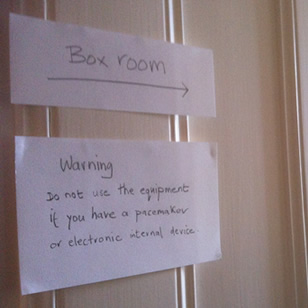

Speeds of sound through your bones is 3,750m/s
Speeds of sound through your body tissue is 1,470m/s
Speeds of sound through your brain tissue is 1,490m/s
Speeds of sounds through kidney and liver tissue is 1,450m/s
But the speed of sound through the spleen is 150m/s
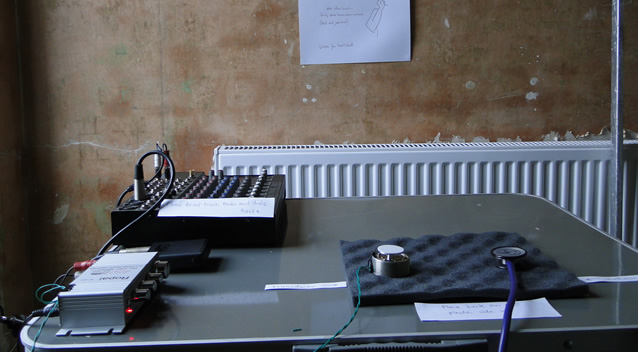







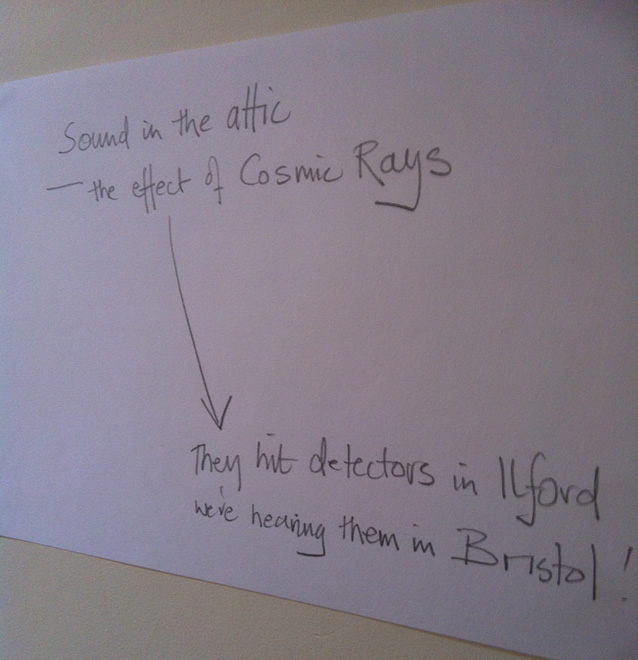
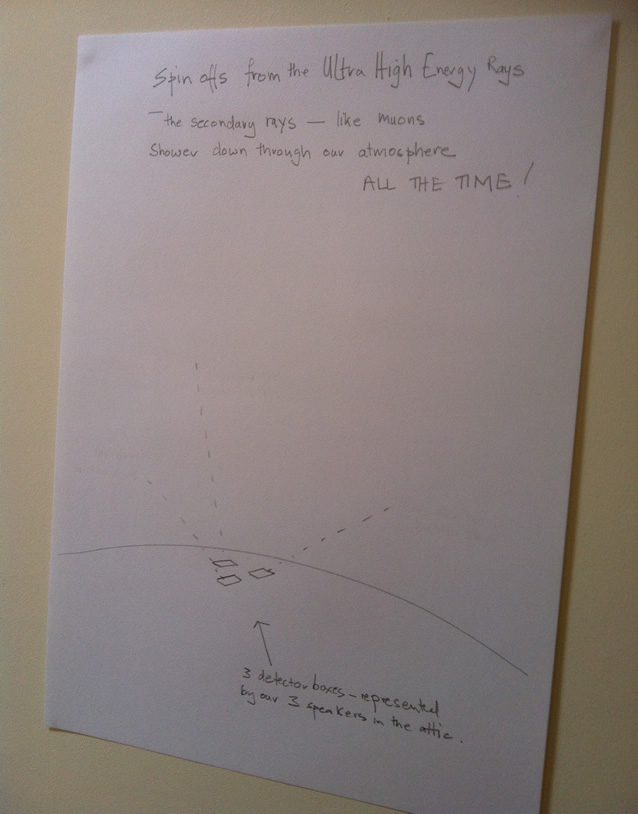
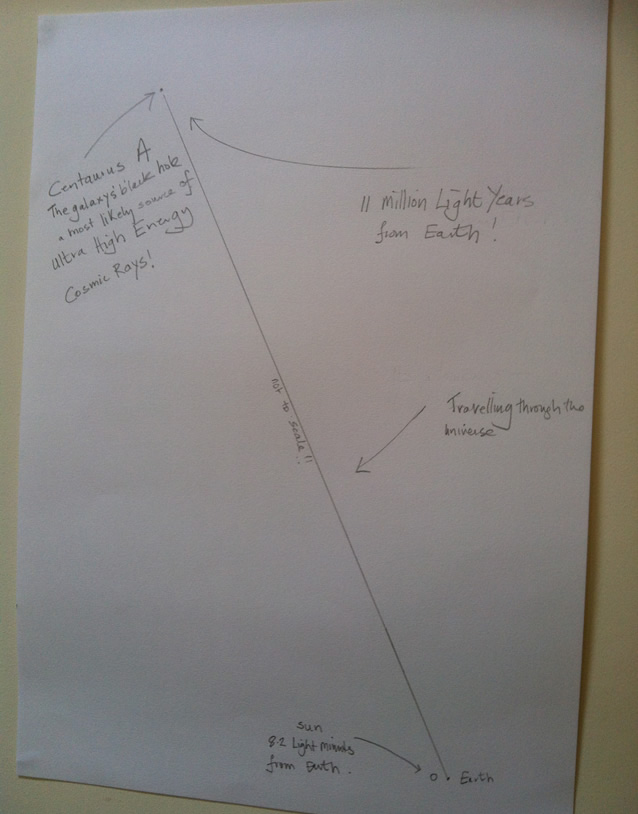




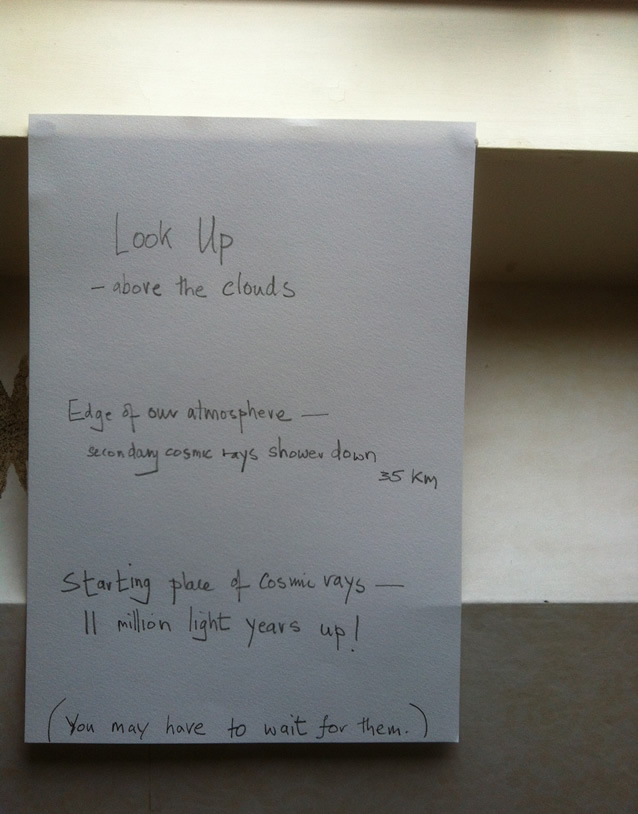
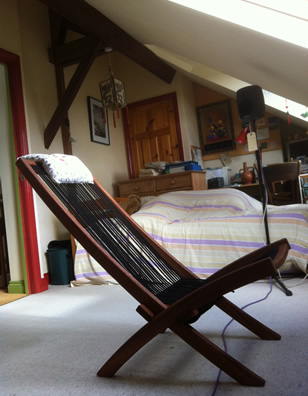

The sound in the attic is made possible by the students from Ilford County High School who collaborated on the Cosmic Ray Project. Without their expertise and generous help the project could not have happened.
Collaborators: Surya Ragavan, Paul Balaji, Josh Kandola, Guy Coop, Suraj Patel and team leader Vikash Patel.
The school has three scintillator detectors housed in boxes in the grounds which were installed by the head of Physics, Dr Paul Edmundson. The detectors form part of the UK wide project COsmic Rays in UK Schools (CORUS). The detectors used are on loan from King’s College London and the University of Alberta, Canada. The CORUS project involves the participation of schools and many of the county’s leading universities including King’s College London, Leeds, Durham, Sheffield, Manchester, Edinburgh and of course Bristol.
After planning strategy and assigning tasks, the team started by writing formulae to represent the value and character of the detected cosmic rays in relation to their energy. The fomulae used were based on the Bethe-Bloch formula and the Landau distribution. These formulae are in units of energy and were converted to frequency using the well known Planck equation E=hf (E= energy, h= Planck constant, f = frequency) to be used in the sonification. They wrote their own programs to handle and organise the data including designing code to represent the strength, duration and direction of the cosmic rays hitting the detectors from different parts of the sky.
Their midi data illustrates the cosmic rays that are translated to audio files and heard in the attic here in Bristol as sound.
It might surprise you, but as you read this you are being bombarded by sub-atomic particles (about 5 per second through the top of your head!). Further, you have spent your entire life with these particles streaming through you with the occasional one being absorbed by the cells in your body. They are actually produced in the Earth’s atmosphere by cosmic rays – high-energy particles which start out life in deep space. Closer to home, they have almost certainly had a role to play in human evolution and the origin of life, may cause lightning and have recently (and controversially) been implicated in climate change.
For scientists, cosmic rays are important as part of the energy balance of the Universe and in understanding the evolution of its building blocks. High energy cosmic rays like those sonified at the exhibition are thought to come from some of the most violent places in the Universe, jets of material launched from super massive black holes and the remains of supernova explosions being two of the prime candidates.
Cosmic rays are mainly protons (hydrogen nuclei or alpha particles (helium nuclei) but also contain larger particles, for example iron. When these high energy primary particles interact with atoms in the atmosphere they produce a shower of secondary particles often containing exotic matter usually only found in particle accelerators such as the Large Hadron Collider (LHC) at CERN. These secondary particles themselves either decay or interact to produce yet more particles and so an initial single primary particle produces a shower of secondary particles, spreading downwards in a cone with a width depending on the energy of the primary particle. By the time the shower reaches the surface of the Earth, most particles have decayed to produce muons – a heavier version of an electron. It is the muon flux detected at Ilford County High School which has been converted to sounds.

Speeds of sounds through Lead is 1,158m/s
Speeds of sounds through Rubber 1,600m/s
Speeds of sounds through Steel 6,100m/s
Through Aluminium 6,420m/s
Through Copper 3,910m/s
Speeds of sounds through Silver and Gold
Is 3,600m/s and 3,240m/s respectively
Although Glass, Steel and Aluminium are between 6,000 and 7,000m/s – the speed of sound through Diamond is 12,000m/s
Speeds of sounds through Beef is 1,550m/s
Speeds of sounds through Olive Oil is 1,430m/s
Speeds of sound through Rock salt is 4,4780m/s
Through Peanut oil is 1,460m/s
Through Linseed oil is 1,770m/s
Through Turpentine is 1,280m/s
and through is Petroleum is 1,290m/s

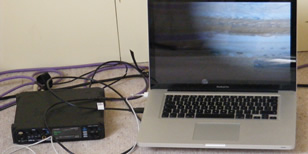
Photography by Richie Smith, John Skinner, Paul Whitty and Bim Williams.


